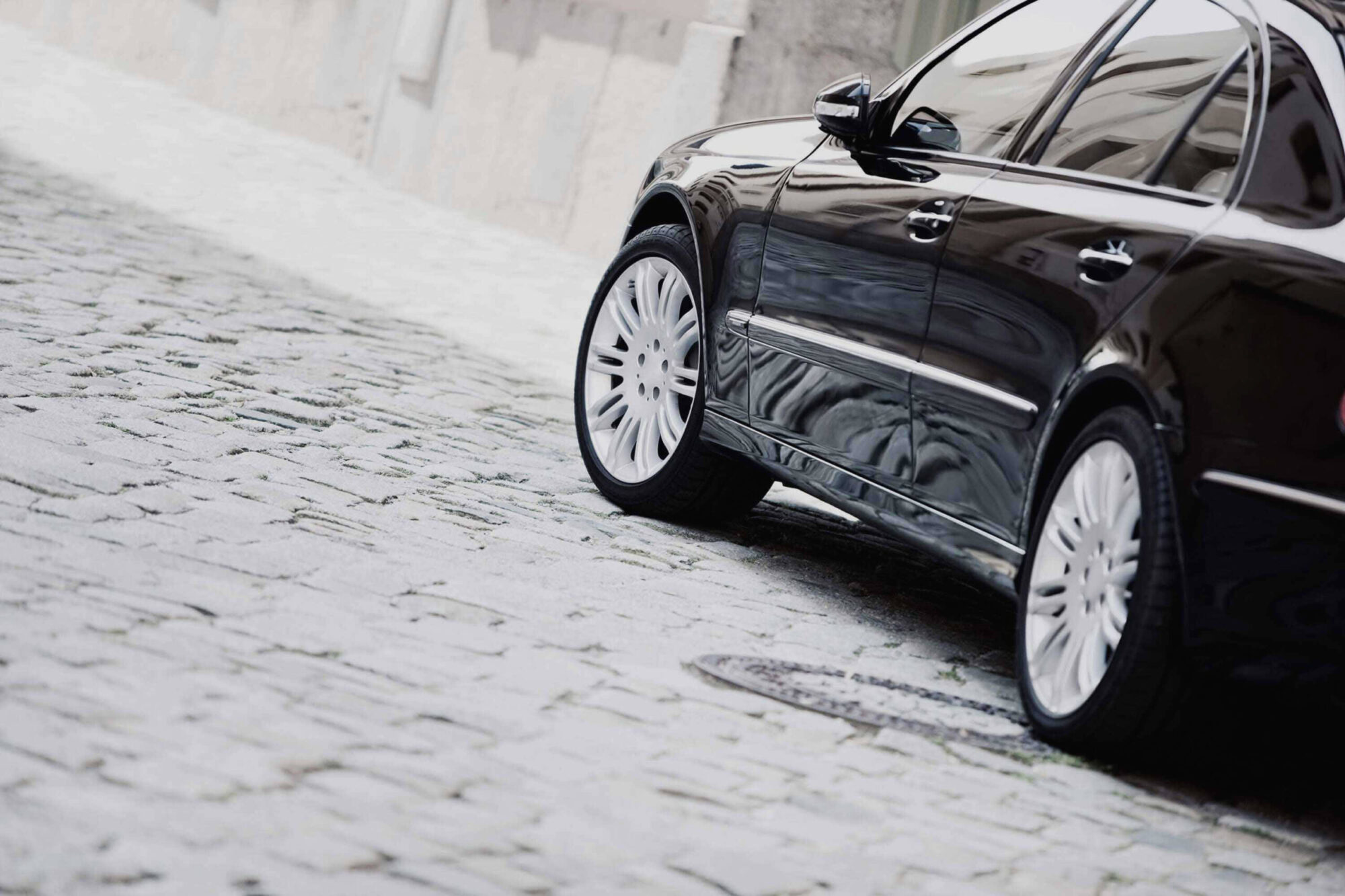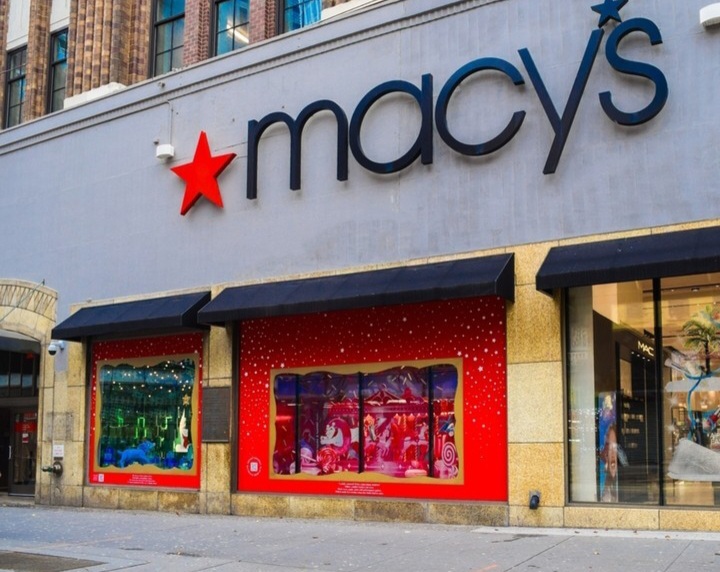Brooklyn is a beautiful city and is often considered Manhattan’s sister city thanks to its wide selection of shopping, dining, and entertainment scattered throughout the borough.
In fact, with many of its stores and restaurants being all over the place, you’ll want to make sure you have reliable transportation in New York City to help you get around, and no option is more reliable than a limo or car service in New York.
Limo and car services in New York City have quickly become the most popular way of commuting in Brooklyn as they provide luxury vehicles, experienced drivers, and reliable transportation at affordable prices.
Rates for a limo or car service in New York City.
Prices for a limo or car service in New York City will vary depending on specific pick up or drop off locations, general prices for a car service to or from Dumbo are as follows.
| Vehicle Class | Dumbo – Lower Manhattan | Dumbo – Midtown | Dumbo – Upper Manhattan | Dumbo – Greenpoint |
| LUX Sedan | $115.73 | $128.53 | $153.80 | $122.02 |
| LUX SUV 6 | $133.63 | $149.89 | $181.99 | $141.62 |
| LUX SUV 7 | $145.08 | $163.07 | $198.59 | $153.92 |

